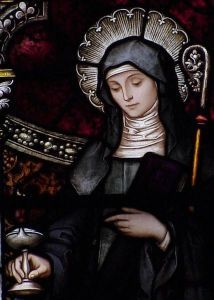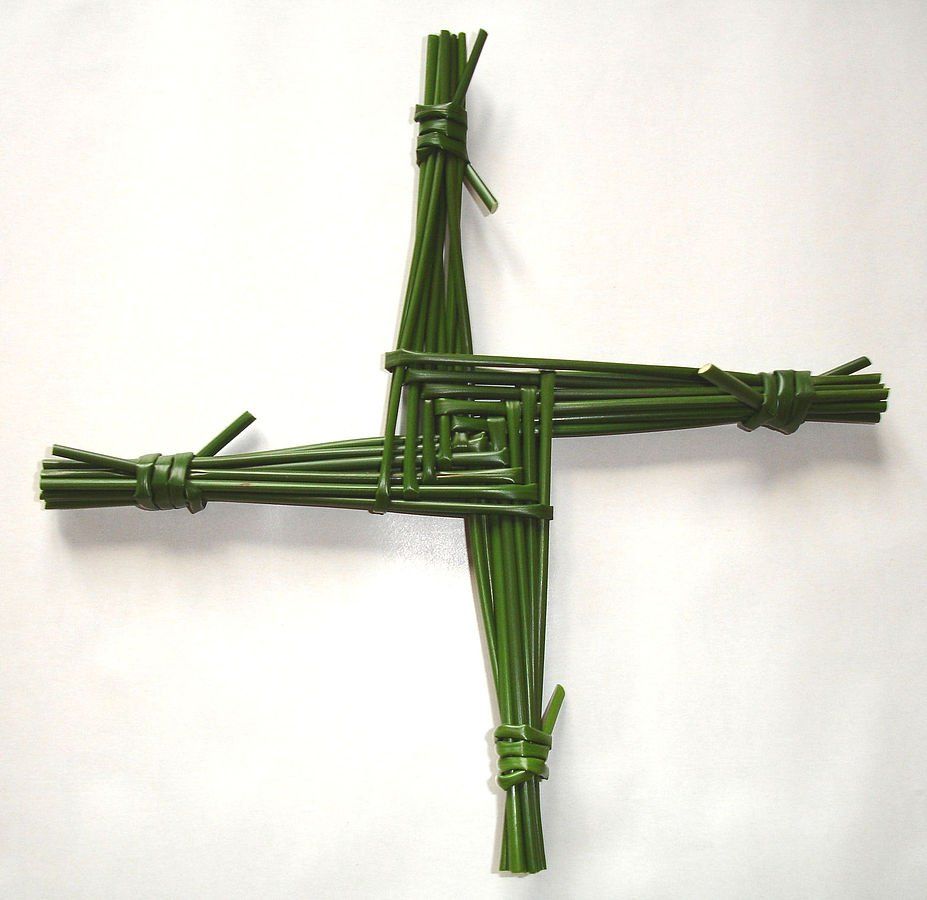God our Father, we thank You for the countless graces You bestow upon Your people under the patronage of St. Bridget of Kildare. We ask that you bless our community of faith. Bless our parish priests; make them holy shepherds. Bless our parish lay leaders; fill them with wisdom. Bless our parish ministries; inspire the spirit of true service. Bless our parish school of religion; make it a home for learning and a seedbed of faith. Bless our parish families; strengthen the bonds between each of their members. Bless the home of each parishioner; let our earthly dwelling place mirror the light and joy of our eternal home in heaven. As we honor our past and celebrate our future, keep us faithful in the work of the Gospel. We pray through Christ our Lord.
Amen.




